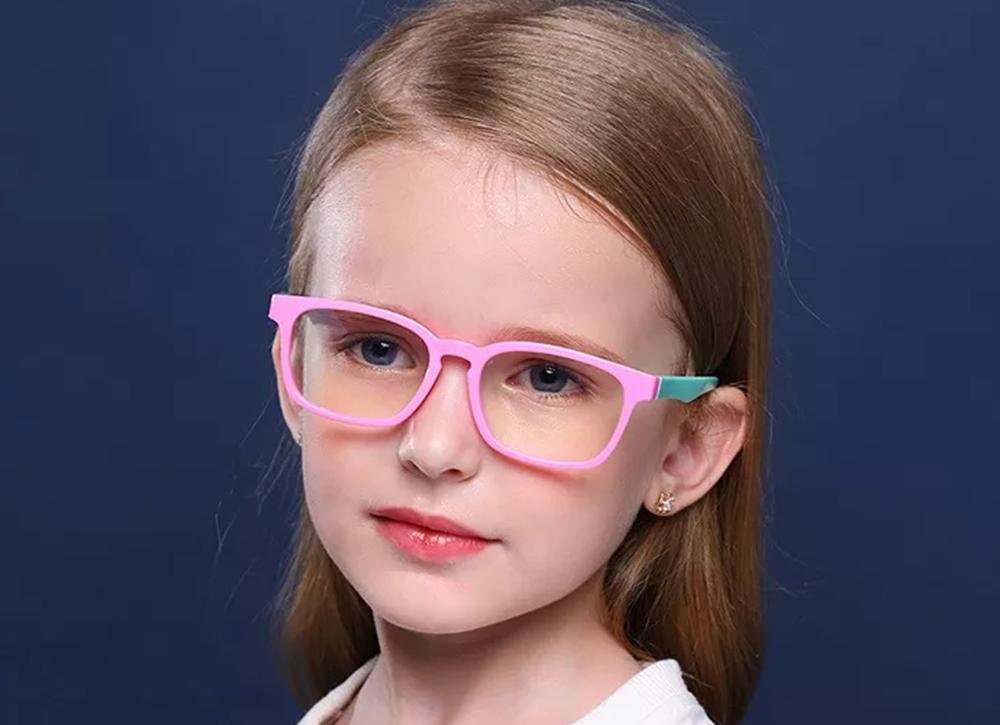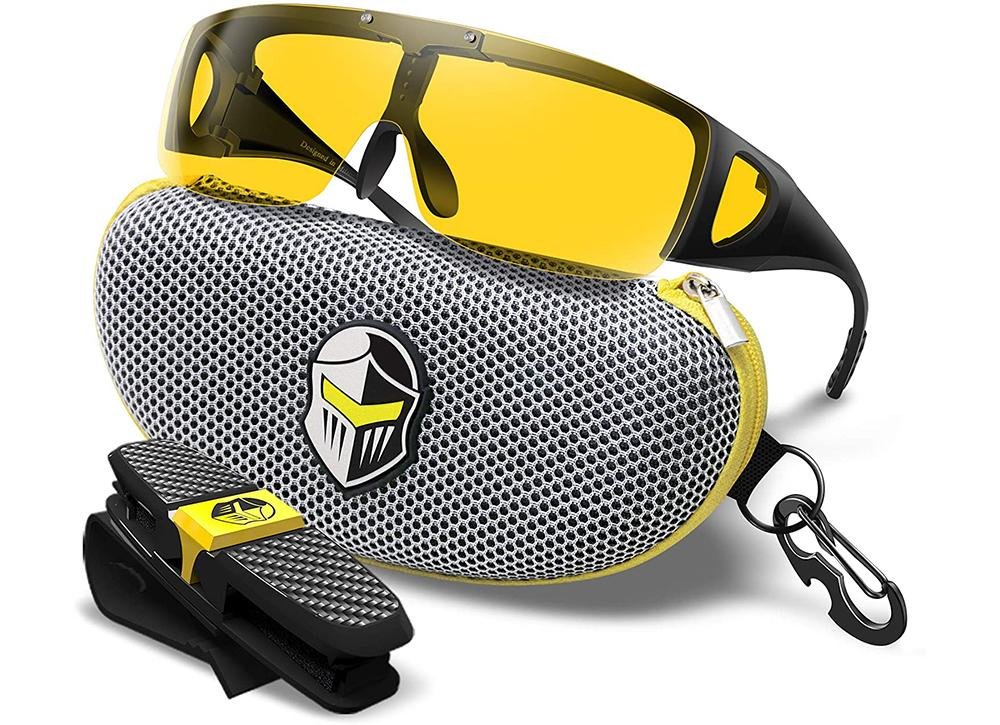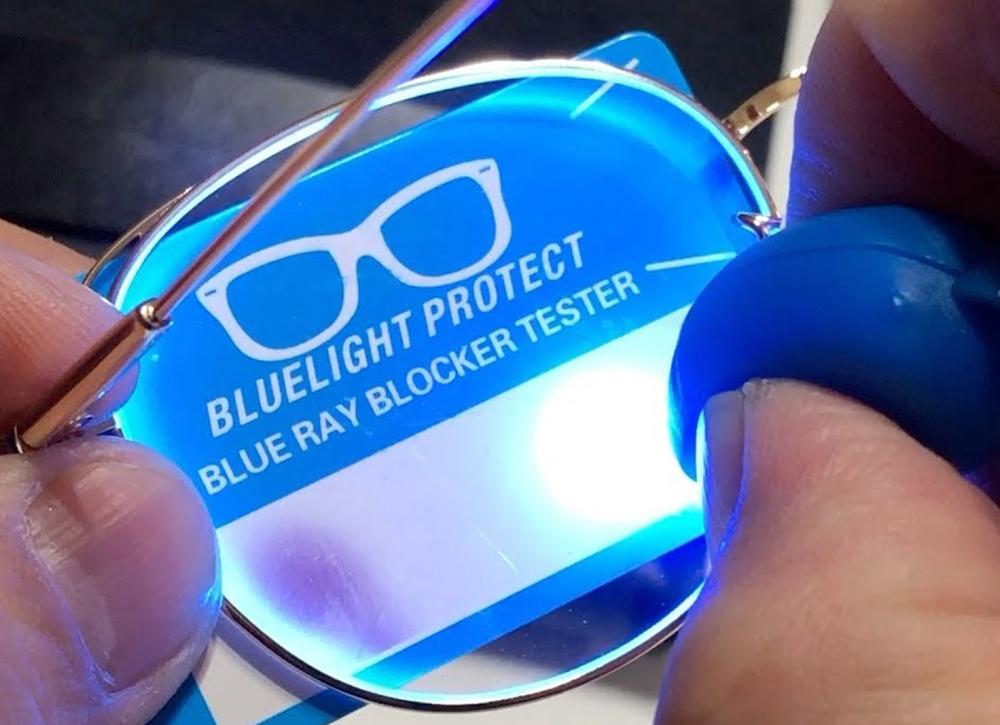With the development of science and technology, children are exposed to electronic products at an earlier and earlier age, and the phenomenon of myopia is becoming younger and younger. Accordingly, a variety of eye protection products are born. In order to protect their children's eyes, many parents begin to buy blue light glasses. Children, teenagers, and the elderly all have different eye conditions, and it is impossible for a pair of blue light glasses to fit everyone.
Why should children wear blue-light-blocking glasses?
Due to the short wavelength of blue light, the focus will fall in the front of the retina. In order to see clearly, the eyeball will be in a state of tension for a long time, causing visual fatigue. Studies have found that exposure to blue light at certain doses can damage epithelial cells on the surface of the eye, causing or aggravating dry eye. Harmful blue light has extremely high energy and can penetrate the lens directly to the retina, leading to the atrophy and death of retinal pigment epithelial cells. The death of light-sensitive cells will lead to vision loss.
Pay attention to the color of your blue-blocking glasses.
For children, their lenses are relatively clean and clear, and the blue light transmittance is higher than that of adults, which is more harmful to the eye. On the complementary color principle of optics, a good pair of blue light glasses should not be deep orange, but light yellow. The complementary color to cyan is orange. So, in order for the glasses to absorb blue light and filter it out, they must appear blue's complementary color yellow, otherwise, they violate the optical principle of absorbing blue light.
Glasses should not have serious color differences.
Children's eyes are not fully developed, and the eyeball is still growing slowly, at this time it is best not to wear such blue light glasses with the serious color difference. If you always see things with color differences, it will cause eye discomfort, resulting in increased myopia, but the opposite. The big color difference will cause low light transmittance, affecting child macula development. In the case of long-term distortion and discoloration, visual physiology and psychology will be affected.
Blue light glasses for children have special lenses that block some light waves, which may help protect children's growing eyes from digital eye strain. Blue light lenses sometimes have a slight yellow tint. You can buy prescription or non-prescription glasses with child-size frames and lenses that filter blue light. They don't filter out all the blue light, but they can reduce your child's exposure to blue-violet light by 80 percent or more.





































